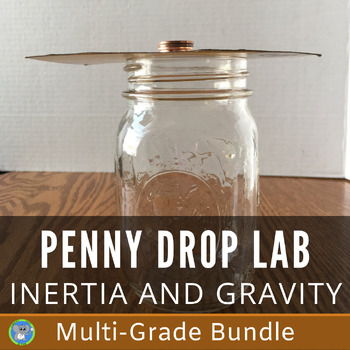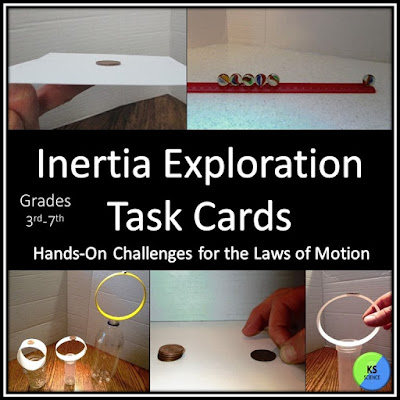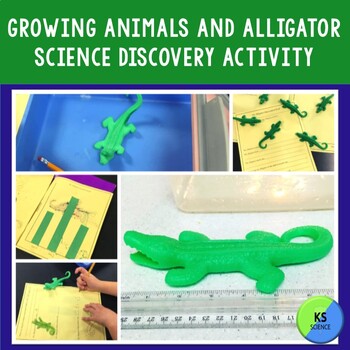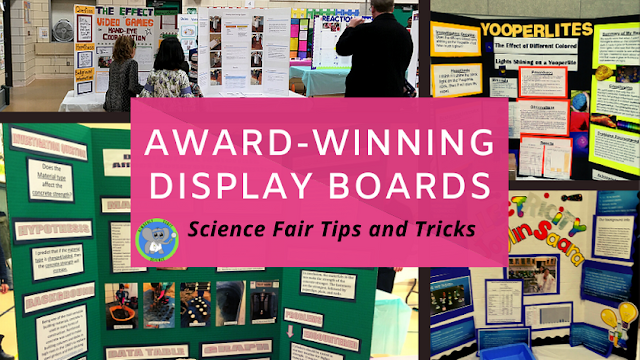Back-to-School Science Experiments That Are Inexpensive And Low Prep
Great Science Experiments for Back-to-School
My first experiments of the year are usually simple but create a big impact. They also focus on teaching the scientific method, variables, science practices, and science lab safety. Check out these fun and engaging experiments that are low on budget and easy to set up.
This heart rate lab uses the student, a chair, and a timer. Print out the journal, and you are ready to go. Perfect for introducing variables and reviewing possible errors. It is also perfect for distance learning because the supplies are so easy.
This is always a classic. A few simple supplies and students are ready to learn about inertia. This is a great way to practice lab skills with students. I also like it for introducing the scientific method and the importance of more than one trial.
Station activities are a great way to help students learn teamwork. This is also a great continuation of the Penny Drop Lab. This takes a little more prep, but keep supplies in a bin so you have them ready from year to year. They also make a demo for a virtual class.
Glow sticks are available at the dollar store. This lab uses simple supplies to teach about the speed of a chemical reaction. Available in 3-grade levels. This lab is always a favorite of mine. If you are unsure of the mess of other chemical reaction labs, this is a great one to start with.
Kids love diffusion. It is also a great way to start the year about molecules. This lab uses supplies you probably already have in your classroom or in your kitchen. It is a great way to work on those measuring skills right from the beginning.
This experiment does involve ordering growing alligators or creatures, but it is a must-do in the younger grades. It is a great way to teach journaling and measuring. We like it because it also has a literature connection. For distance learning, you could send each student their own alligator and include a copy of the journal or add it virtually through Google Classroom or another program. So much fun!!!








